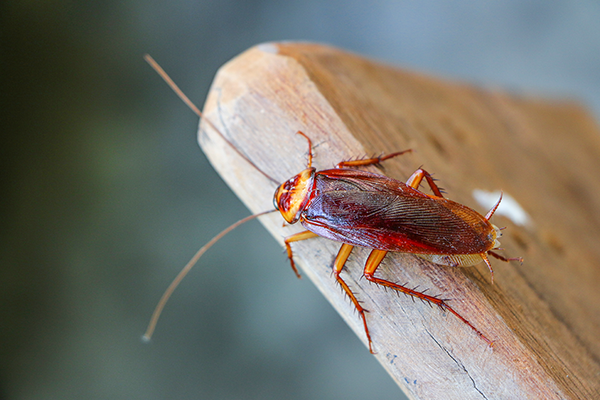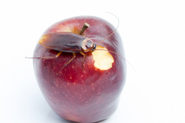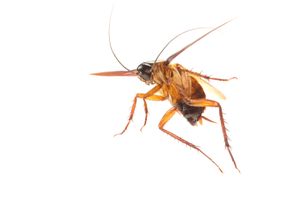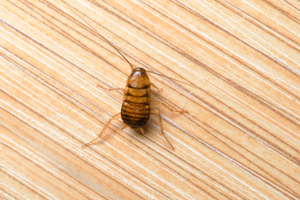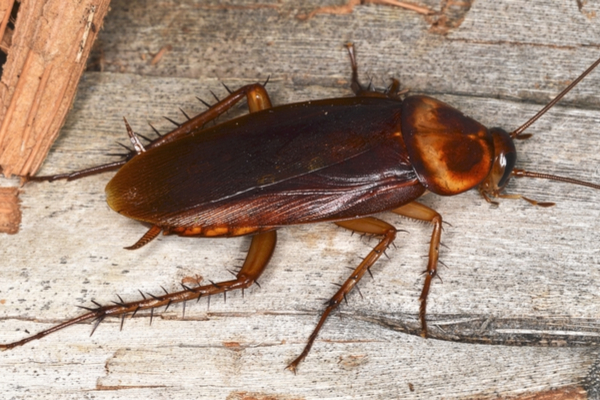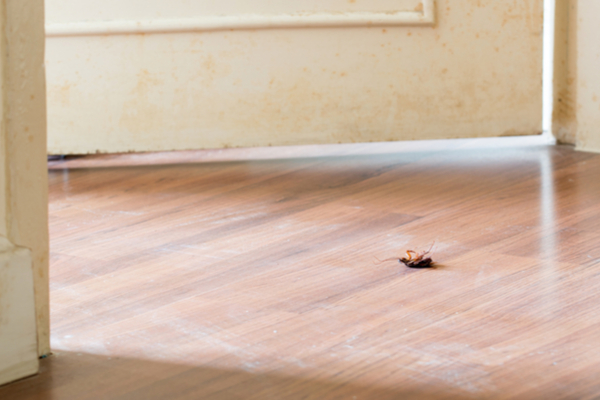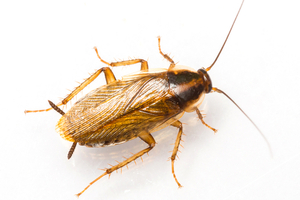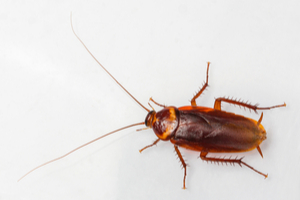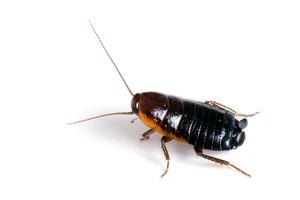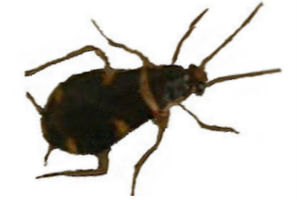Spotting these creepy critters at home is never good news, especially since they multiply fast, with female cockroaches not needing a mate. Don’t let these pests take over – act quickly and bring in a professional cockroach pest control expert, like Griffin Pest Solutions! Keep reading for five eye-opening facts about cockroaches.
Cockroaches Can Be Quite Fast
Cockroaches can scurry at speeds over 3 miles per hour, making them tricky to catch. This rapid movement is not just a nuisance; it’s a health concern too. These pests are known carriers of bacteria linked to serious illnesses such as dysentery, typhoid fever, Salmonellosis, and cholera. Their ability to dart around your home poses an increased risk of contamination, emphasizing the importance of professional intervention.
Cockroaches’ Have Nearly Indestructible Exoskeletons
No ordinary squashing will work – cockroaches have exoskeletons that can withstand pressure up to 900 times their body weight. This incredible durability is why attempting to handle an infestation without professional help is often futile. Their robust exoskeletons allow them to squeeze through the smallest crevices, complicating DIY extermination efforts. To effectively eliminate these resilient pests, it’s crucial to rely on the expertise of trained professionals armed with the right tools and strategies.
They Exhibit Cannibalistic Habits
Attracted by the scent of a deceased nest mate, cockroaches exhibit a creepy habit of cannibalism. This behavior not only adds a disturbing layer to their biology but also complicates eradication efforts. When a cockroach dies, the “death stench” attracts other roaches, leading to potential infestation hotspots. This social nature underscores the need for professional pest control measures that address not just individual cockroaches but the entire colony.
Cockroaches Can Live Without Their Heads
Even without a head, a cockroach can survive for weeks, relying on a sophisticated respiratory system. While it might seem like something out of a horror movie, this remarkable survival trait poses a significant challenge when trying to eliminate these pests. Their ability to persist without crucial body parts requires a targeted and comprehensive approach that only professional exterminators can provide.
Cockroaches Defy Suffocation
Contrary to popular belief, cockroaches can hold their breath for up to 45 minutes, making suffocation an ineffective control method. This surprising ability adds another layer of complexity to getting rid of them. Effective pest control requires a thorough understanding of their biology and behavior, something that professionals at Griffin Pest Solutions excel in.
Dealing With Cockroaches? Griffin Pest Solutions Can Help!
If cockroaches have invaded your home, don’t wait. Griffin Pest Solutions in Kalamazoo, MI, offers straightforward pest removal services, including cockroach extermination! Contact us today for a free quote and take back control of your space from these resilient invaders.

